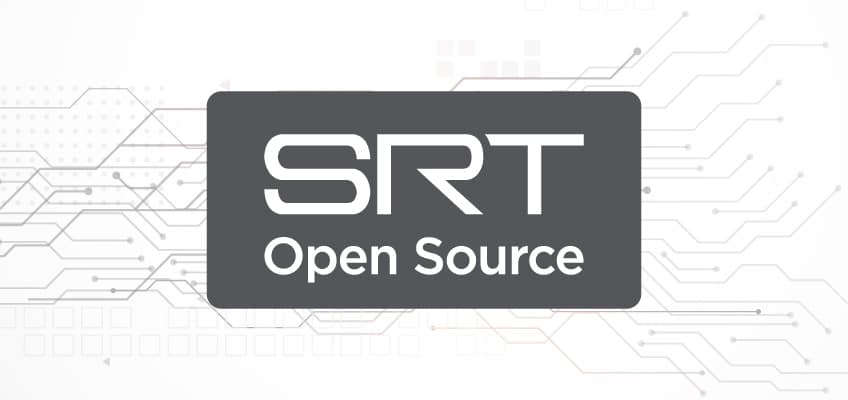We recently had the chance to chat with Haivision’s very own Secure Reliable Transport (SRT) expert, Marc Cymontkowski, for an SRT update. Marc gave as an overview of some of the latest news about the protocol, including some new features that are already available and others that are in the roadmap. Here are 5 new things to know about that you won’t want to miss!
#1 Support for SRT is Coming to OBS Studio
The SRT streaming protocol is being added to Open Broadcaster Software’s OBS Studio, a free and open source software for video recording and live streaming widely adopted within the streaming industry. OBS Studio allows users to capture video from a variety of sources, such as cameras and computer screens, and composite them into professional productions that are used to entertain, teach, and inspire. It has formed the bedrock for creators to launch entire careers broadcasting to their audiences on platforms like Twitch, YouTube, Mixer, Facebook and more.
#2 SRT Peer-to-Peer is Coming Soon!
In case you missed the announcement made during the NABShow, SRT P2P is a new open source contribution to the SRT framework which will enable low latency video delivery to broad scale audiences. With universal HTML5 browser support, SRT P2P is a lightweight, plugin-free, decentralized peer-to-peer streaming technology that replicates low latency video streams securely between clients, enabling broad scale video delivery. Unlike higher-latency, segmented video delivery, SRT P2P is built on multicast concepts and real-time video streaming. Haivision is introducing the technology to enable video stream delivery for private broadcasting or within corporations, reducing egress bandwidth for scalable public internet delivery, or as an alternative to IP multicast over LAN/WAN.
#3 Improved Security
Released earlier this year, SRT 1.3.2 included an important new feature which provides the ability to enforce encryption on a listener waiting for a call to come in. When a service is openly available in the cloud for example and you want to encrypt it, this feature means that unencrypted streams are rejected. Without this new feature, it would be possible to block the ingest port by sending an unencrypted stream, preventing the assigned user from delivering the actual production stream.
#4 Support for FEC
SRT 1.4 is currently in beta on the development branch of GitHub and includes a plugin API which allows users to write their own plugin for the SRT protocol, together with the first plugin created as a reference. This plugin is for Forward Error Correction (FEC) which, in certain use cases, albeit very rarely, where there are very long distance links and an excellent quality connection, FEC can offer slightly lower latency than Automatic Repeat Request (ARQ). The new plugin allows users to compare ARQ and FEC and will allow three different modes to be run; ARQ only, FEC only and FEC with ARQ on top of it.
#5 Route Redundancy
The next big step for SRT following the 1.4 release is route redundancy to improve reliability. Using socket groups will allow for multiple SRT sockets to be grouped and organized together for redundancy purposes, ensuring reliability in case of congestion or unavailability when using public internet – a must for delivering broadcast quality over the public internet.
Interested in learning more? Download your copy of the SRT Protocol Technical Overview to get a detailed technical insight into the unique capabilities of SRT.

